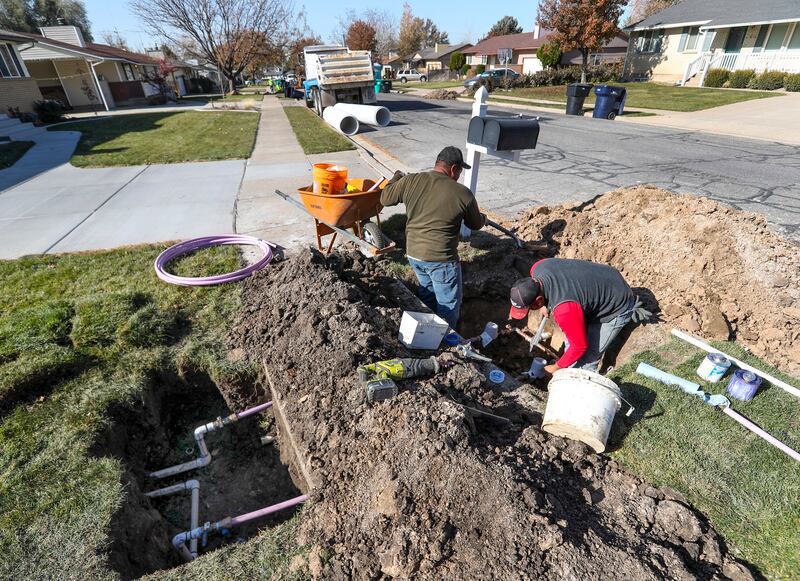SALT LAKE CITY — Benjamin Franklin, in the pages of Poor Richard’s Almanac, warned: “When the well is dry, we know the worth of water.”
That truism of 273 years ago remains a go-to phrase among water managers today, especially in the arid Southwest embattled by drought.
The American Water Resources Association’s national conference ended Wednesday in Salt Lake City, with a key tenet of the three-day event focused on water savings and management of the finite resource.
Keeping the well from running dry is driving innovative technologies in the water sector, as well as forcing hard choices.
In Weber and Davis counties for example, the Weber Basin Water Conservancy District has been the state leader initiating the installation of secondary water meters that measure how much water is being applied on landscaping.
The district’s John Parry is an assistant general manager specifically tasked with oversight of conservation programs that include free on-site visits to provide a water audit, educational information on water-wise landscaping, and of course, the secondary water metering program, which is resulting in significant consumption reductions.
New secondary water connections have been required to be metered in the district’s retail service area since 2009, and across its entire service area, there are 18,000 connections on the system.
When a customer knows how much water is being delivered to flowers, lawns and vegetable gardens, it makes a difference, he said.
“Sixty to 70% of household water use is outdoor irrigation between the months of May and October,” he said. “That is a significant portion of water.”
There are about 8,800 meters in the ground that include real-time monitoring in four-hour increments. Customers can log into a portal and see their water consumption. The district mails out a water usage statement each month, which includes the property’s acreage, the appropriate amount of water that should be applied, and how much water is actually being applied.
That knowledge, Parry said, has been a great tool to drive down usage — on average by 26%.
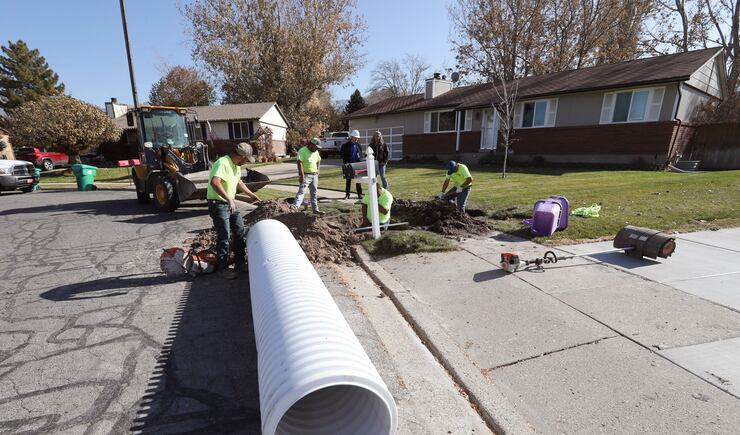
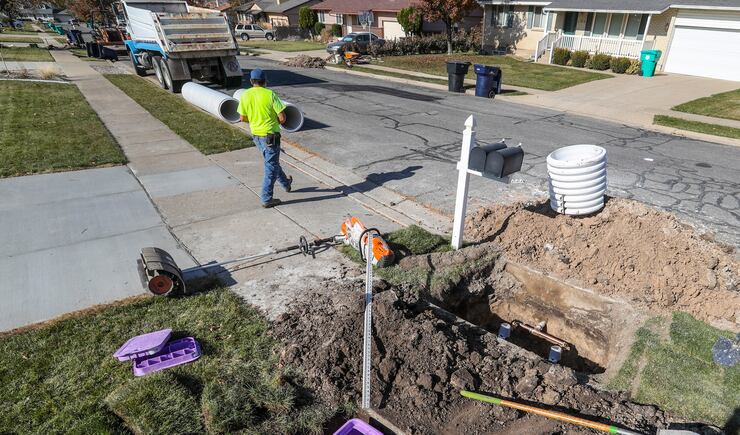
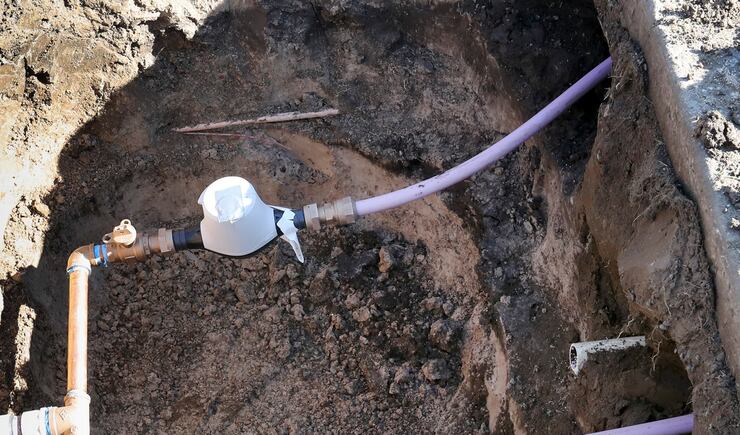
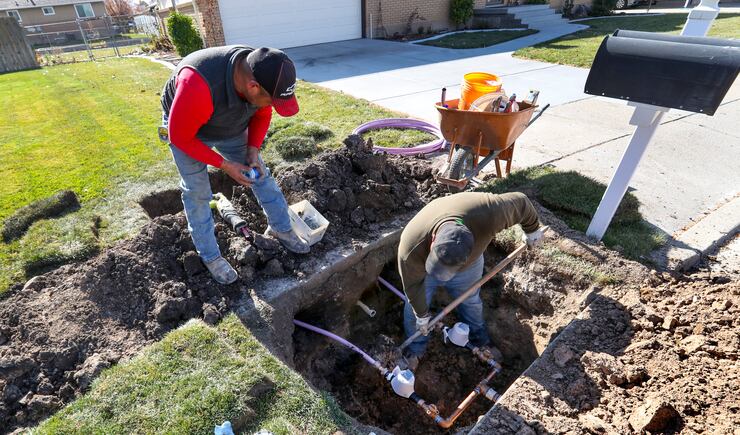
Weber Basin, as a wholesaler, operates a dual system that also includes the treated culinary water sent to recipient cities such as Layton.
The advantages of a dual system is that it can send the less costly untreated water to customers and treat the other water for culinary use for its service area that includes Davis, Weber, Summit and Morgan counties.
The availability of cheap culinary water often drives water providers to make some tough and unpopular choices with consumers as they try to hang on to a solid supply stream.
In Twin Falls, residents had found it more convenient to use treated water on landscaping rather than dilapidated ditch systems that perhaps were not as efficient.
The increase in demand for culinary water led the city to dig more wells in a canyon and pump that water to its residents after treatment.
Facing a situation that could soon prove untenable, the city and canal company devised a plan to require any new development be hooked into a pressurized irrigation system.
“There were tough conversations at the start,” said Nate Murray, Twin Falls’ economic development director. “We discussed the cost savings over the long term.”
Murray said the city’s growth was often in conflict with its farming community, and it needed to preserve a reliable source of water for those remaining in agriculture.
“The ag community knows that if you mess up things like water and land, you are done. We value that resource so we want to sustain it as long as possible.”
The city’s potable water consumption is 10 million gallons less this year than it was 15 years ago.
Marcie Larson, spokeswoman with the Utah Division of Water Resources, said there is no statewide requirement for existing development to move to pressurized irrigation where it is available.
A law passed this year, however, will require new development to move to secondary water metering by April 2020, and water districts have to come up with a cost on what it would take to retrofit existing buildings. She also knew of no statewide requirement to hook into a pressurized irrigation system, but some communities in Utah are already implementing that water savings tool.
Hooper’s Mayor-elect Dale Fowers, who also serves as chairman of the town’s planning commission and one of the directors on the Hooper Irrigation Co., said city leaders made the decision years ago to require new development to plug into pressurized irrigation where available.
It was a messy, painful decision for community leaders, but necessary, he said.
“Anyone who lives in the desert should realize you can run out of water,” he said.
Years ago, it wasn’t uncommon for landowners to simply sell their shares of water and leave the land dry, he added.
“Water is worth as much as the ground nowadays,” he said. “A piece of ground without water is not really worth a lot. What do you do with it?”
The district now requires water to stay with the land and often sends away would-be developers because the water just isn’t available.
“We’re very much aware of it today,” he said.
Hooper has to pump its water from a nearby reservoir for culinary use, so it guards that supply as well.
“We recognize the value of water, so without exception if secondary water is available, then there is a city ordinance that requires they hook up to that so our drinking water is conserved,” Fowers said.

